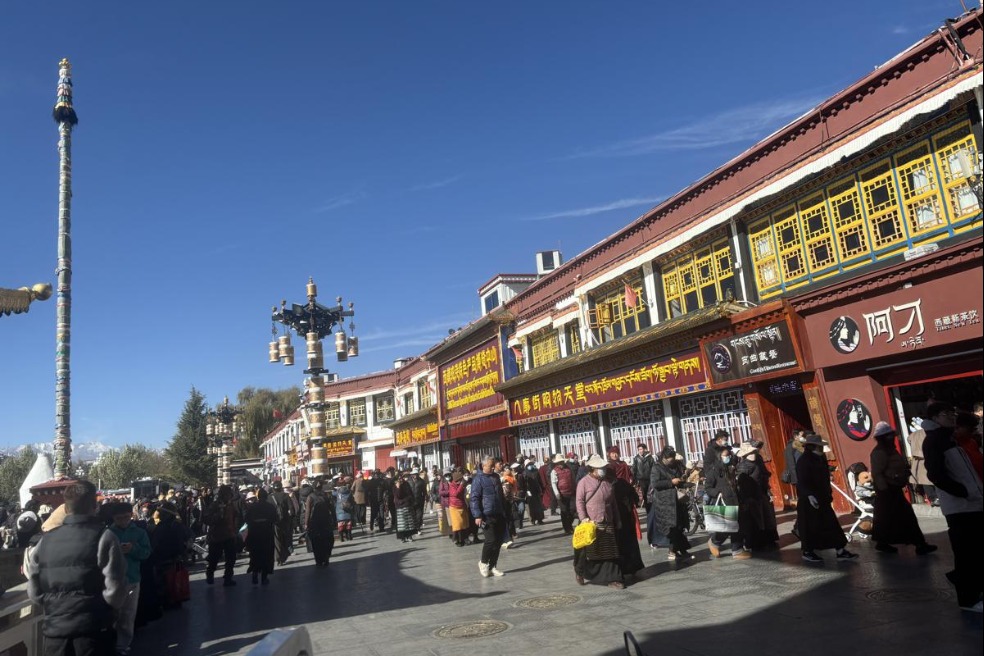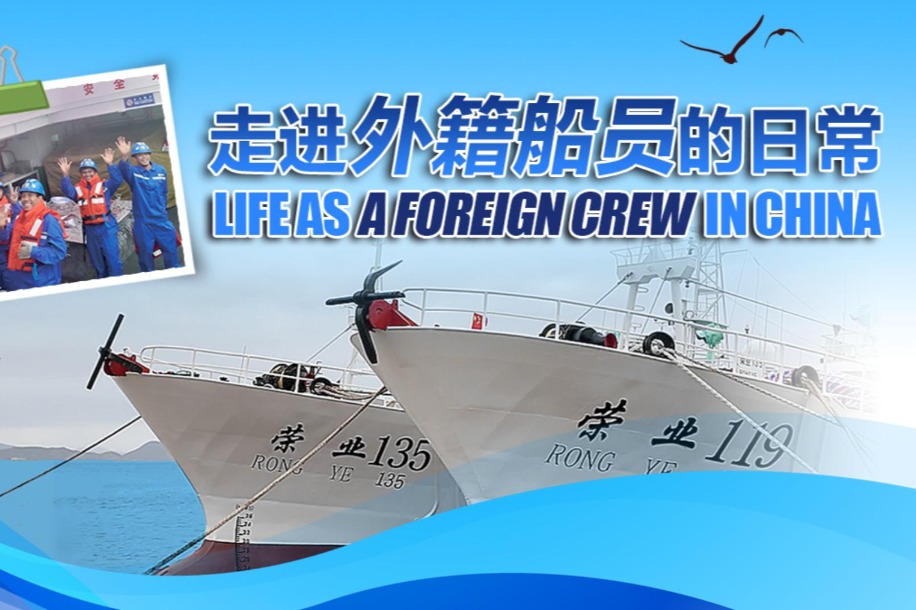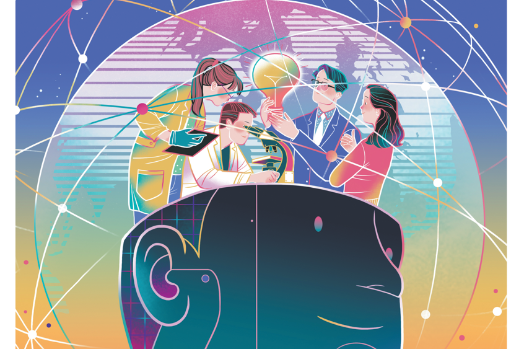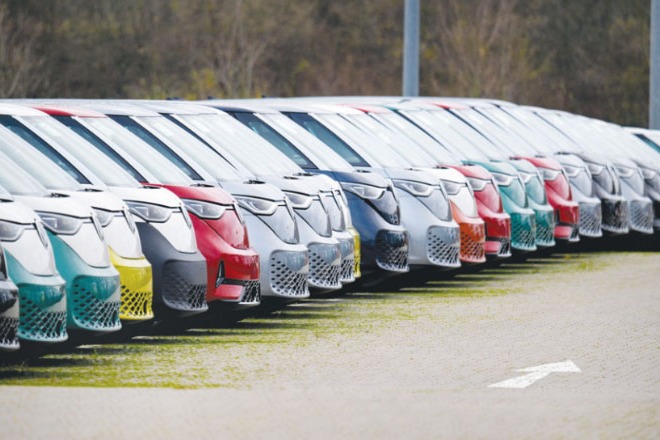West still peddling same old images of Chinese otherness

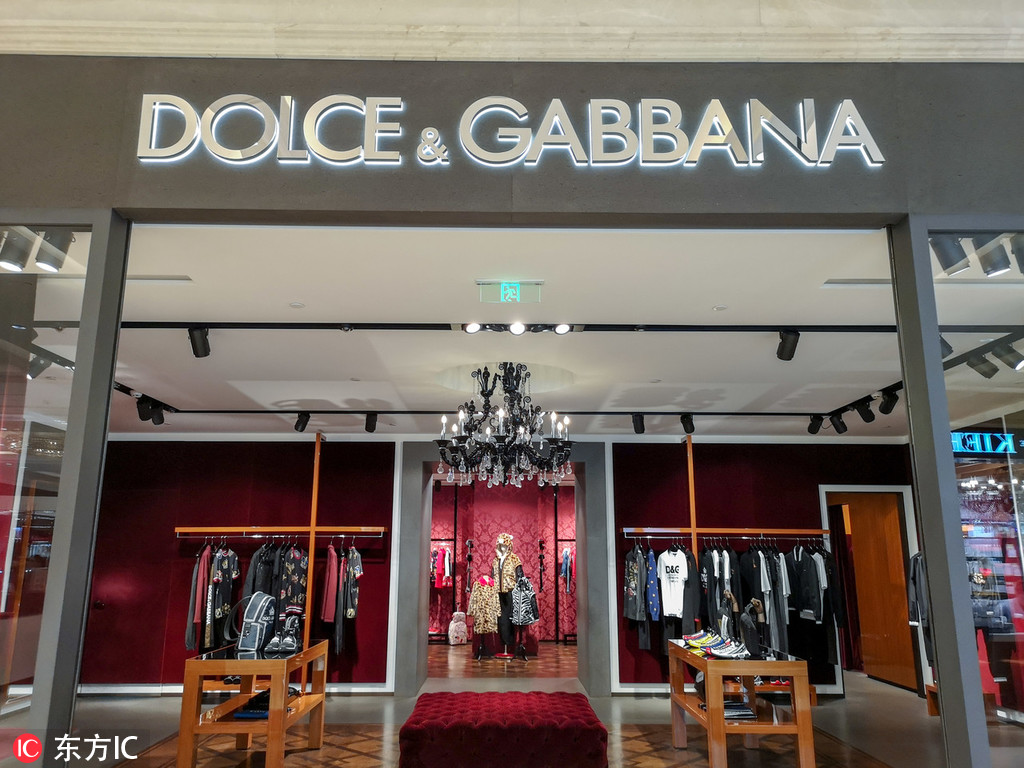
Editor's note: The Dolce& Gabbana incident raises the question of how the West looks at China. Simply blaming such incidents on the West's "pride and prejudice" is not enough to understand how the stereotyped image of China was constructed, says Feng Zhou, a columnist, in a post published by Beijing News on its WeChat account:
Most of the West's visual records of China since the 19th century have portrayed the Chinese people as uncivilized others to serve as a foil to civilized Westerners. Dolce & Gabbana's controversial publicity video is only a new bottle holding the same old wine.
In the 19th century, portrait photography became spectacle photography to satisfy the West's fascination with the exotic East.
During and soon after World War II, some left-wing writers and photographers visited China, and presented a more lively China to the West, where the people, friendly and persevering, shared the same human feelings as their Western counterparts.
Richard Nixon's epoch-making visit to China in 1972 provided Westerners with a rare chance to see China through the mass media, and showed that China, although different, could still co-exist with the West.
Yet the rise of consumerism in the 1990s has reinforced China as having a separate existence from the West, as it has become an exotic background in which to display Western products.
The same thing happens to black people, and other ethnic minorities in the West, under the influence of consumerism.
To some extent, the combination of cultural, political and economic factors will make it almost impossible for the West to bid farewell to "orientalism".
Or to put it simply, in the eyes of some in the West, the Chinese people are oriental first, then humans, but still other at last.


















